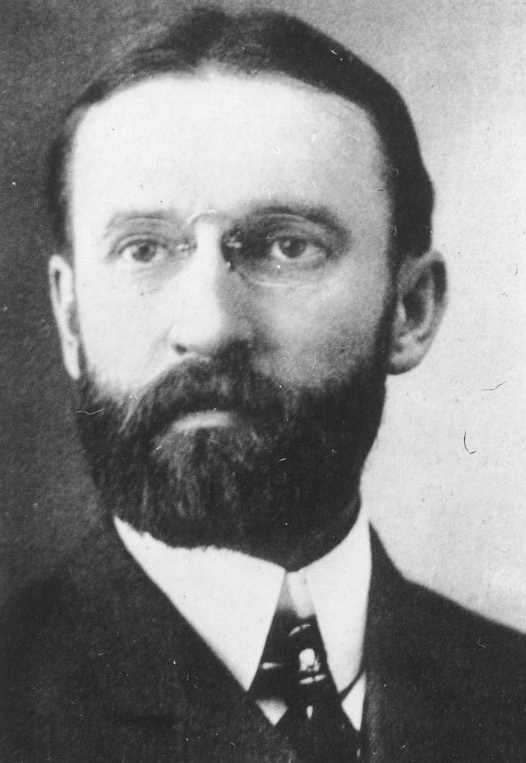Nancy J. Taniguchi
Utah History Encyclopedia, 1994

George Sutherland’s distinction as Utah’s only U.S. Supreme Court justice capped a long and distinguished legal and political career. Born on 25 March 1862 in England, he immigrated to the United States with his parents in 1863. By the 1870s, although disaffiliated from the Mormon Church, the family had settled in Utah. From 1879 to 1881 Sutherland attended Brigham Young Academy and absorbed the Social Darwinism of Herbert Spencer as well as a reverence for the Constitution from Academy president Karl Maeser–both were ideas that would shape his life.
In 1883 Sutherland had completed one term at the University of Michigan Law School and qualified for the Michigan bar. That summer he returned to Utah and married Rosamund Lee. They had three children–Emma (born 1884), Philip (born 1886), and Edith (born 1888)–whom he supported by practicing law in Utah. In 1894 he helped to organize the Utah State Bar Association.
In 1896 Sutherland, a Republican, joined the first Utah House of Representatives. In 1899 he was admitted to the bar of the United States Supreme Court, and from 1900 to 1903 he served as Utah’s only Representative in the U.S. House. He then served in the U.S. Senate from 1905 to 1916. During this period, he supported much progressive legislation, including a Utah law for an eight-hour day in the mining and smelting industries, as well as national statues such as the Pure Food and Drug Act.
Defeated for the Senate nomination in 1916, Sutherland went into private law practice, served as president of the American Bar Association, and became an advisor to Republican presidential hopeful Warren G. Harding in the campaign of 1920. Harding’s election and the sudden resignation of a Supreme Court justice in 1922 paved the way for Sutherland’s appointment to the bench.
Sutherland’s Supreme Court record belied his earlier progressive stance. He penned such majority opinions as the landmark Adkins v. Children’s Hospital, which outlawed a minimum wage for women. In the thirties, he opposed most of the New Deal legislation, and became the intellectual leader of the “Four Horsemen”–the four conservative justices consistently voting against President Franklin D. Roosevelt’s programs. He retired from the Court in January 1938 and died on 18 July 1942. He retained the respect of his peers throughout his career and is rated by many historians as “near great” for his Supreme Court performance.
See: Joel Paschal, Mr Justice Sutherland: A Man Against the State (1951); Norman Bindler, The Conservative Court, 1910-1930 (1986).
